Exploring underwater ecosystems is a breathtaking adventure. Each destination offers a unique glimpse into the marine world. From vibrant coral reefs to mysterious deep-sea formations, these ecosystems are home to a diverse array of marine life. The following list highlights some of the most fascinating underwater ecosystems you can explore. Discover their origins, highlights, and unique features. Dive into these natural wonders and experience the beauty beneath the waves.
Great Barrier Reef, Australia
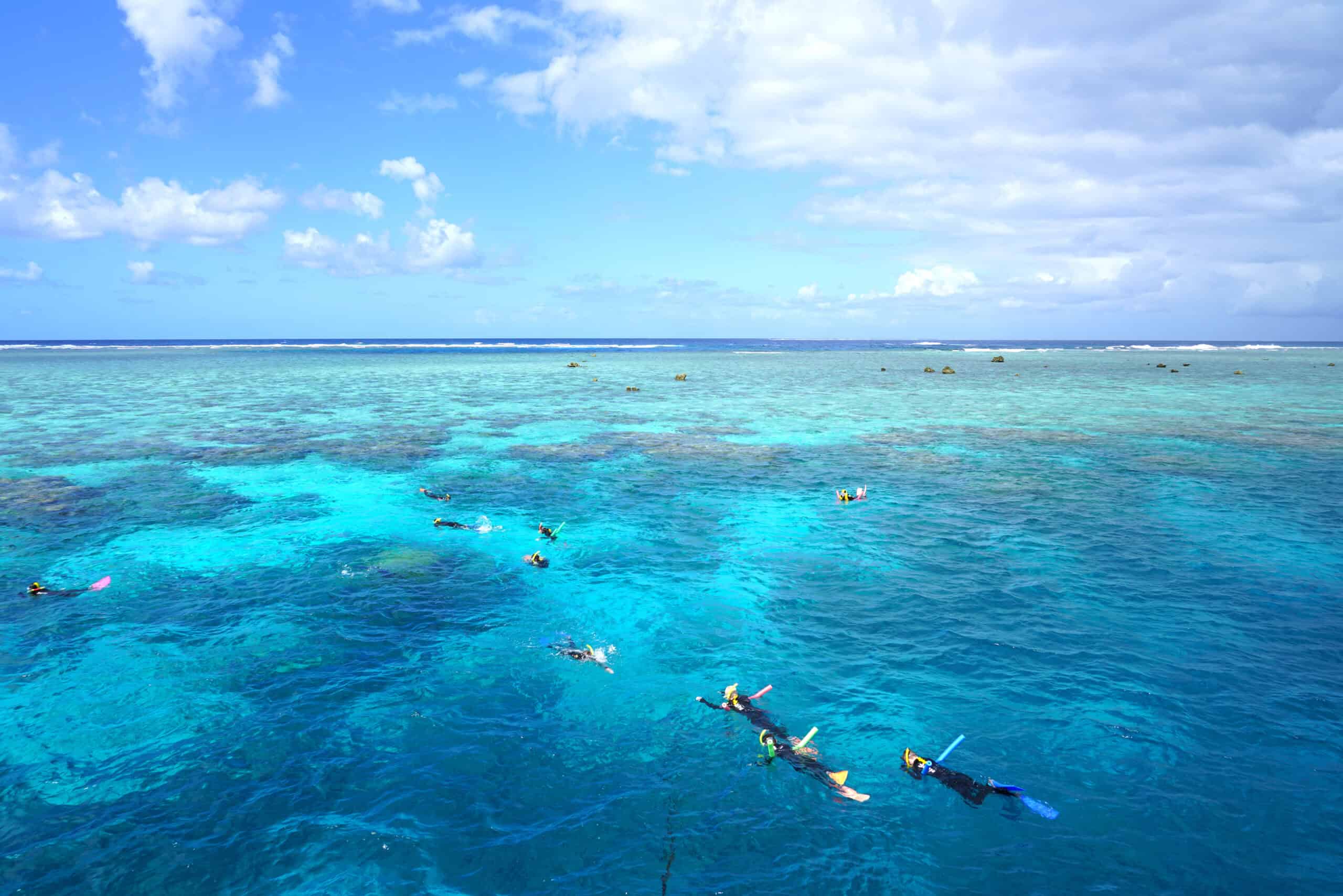
The Great Barrier Reef is the world’s largest coral reef system. Located off the coast of Queensland, Australia, it stretches over 2,300 kilometers. This UNESCO World Heritage Site is visible from space. The reef consists of over 2,900 individual reefs and 900 islands. It’s home to an incredible diversity of marine life, including more than 1,500 species of fish. One of the highlights is the vibrant coral formations. The reef also hosts sea turtles, sharks, and rays. Snorkeling and diving here offer unforgettable experiences.
Belize Barrier Reef, Belize
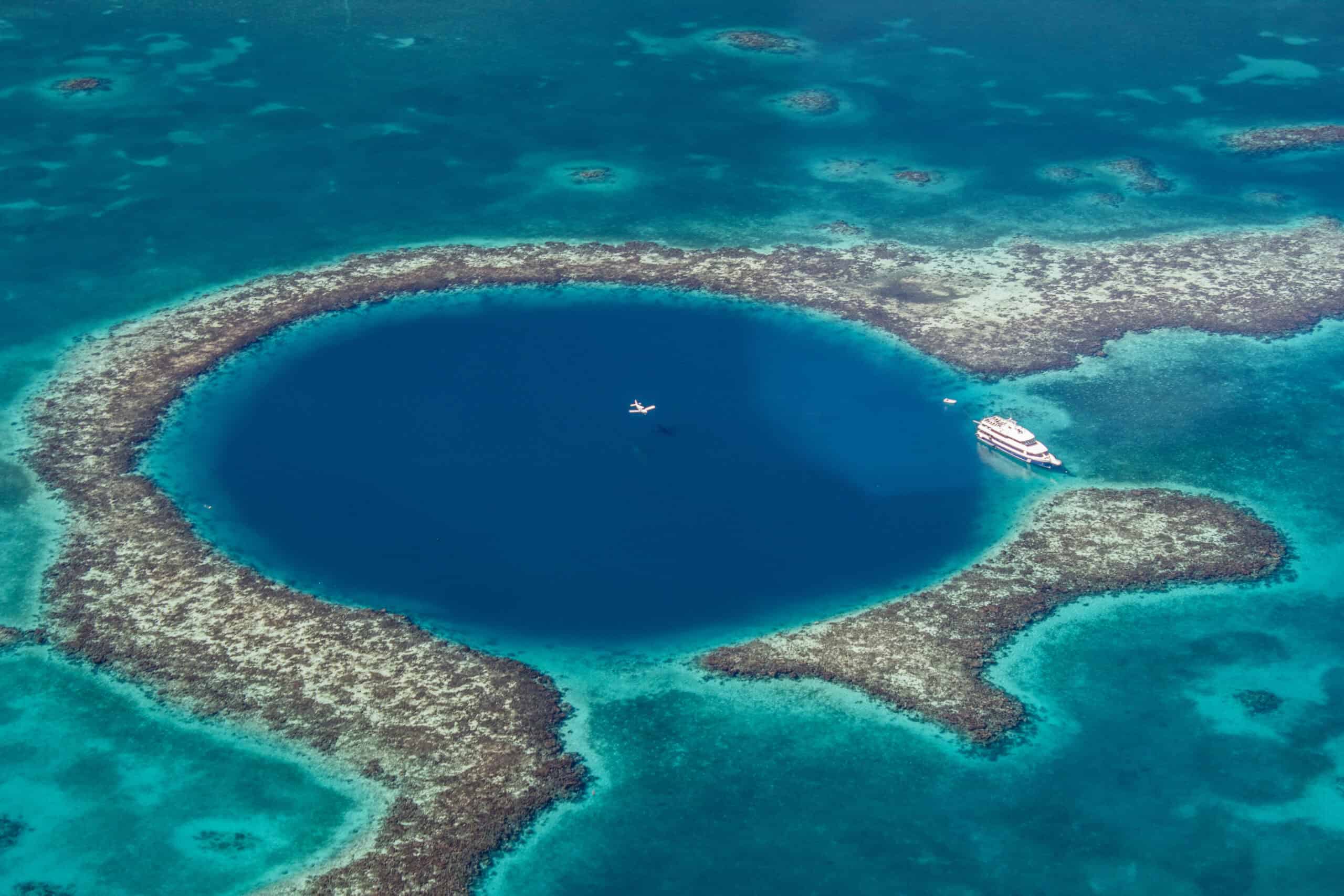
The Belize Barrier Reef is the second largest in the world. Located in the Caribbean Sea, it extends 300 kilometers along the coast of Belize. This reef system includes seven marine reserves and over 400 cayes. It’s a UNESCO World Heritage Site, recognized for its rich biodiversity. The reef is famous for its crystal-clear waters. It supports a variety of marine species, including manatees, sea turtles, and numerous fish species. The reef also features the Great Blue Hole, a massive underwater sinkhole. The vibrant coral and diverse marine life make it a prime spot for diving and snorkeling.
Palau’s Coral Reefs, Palau
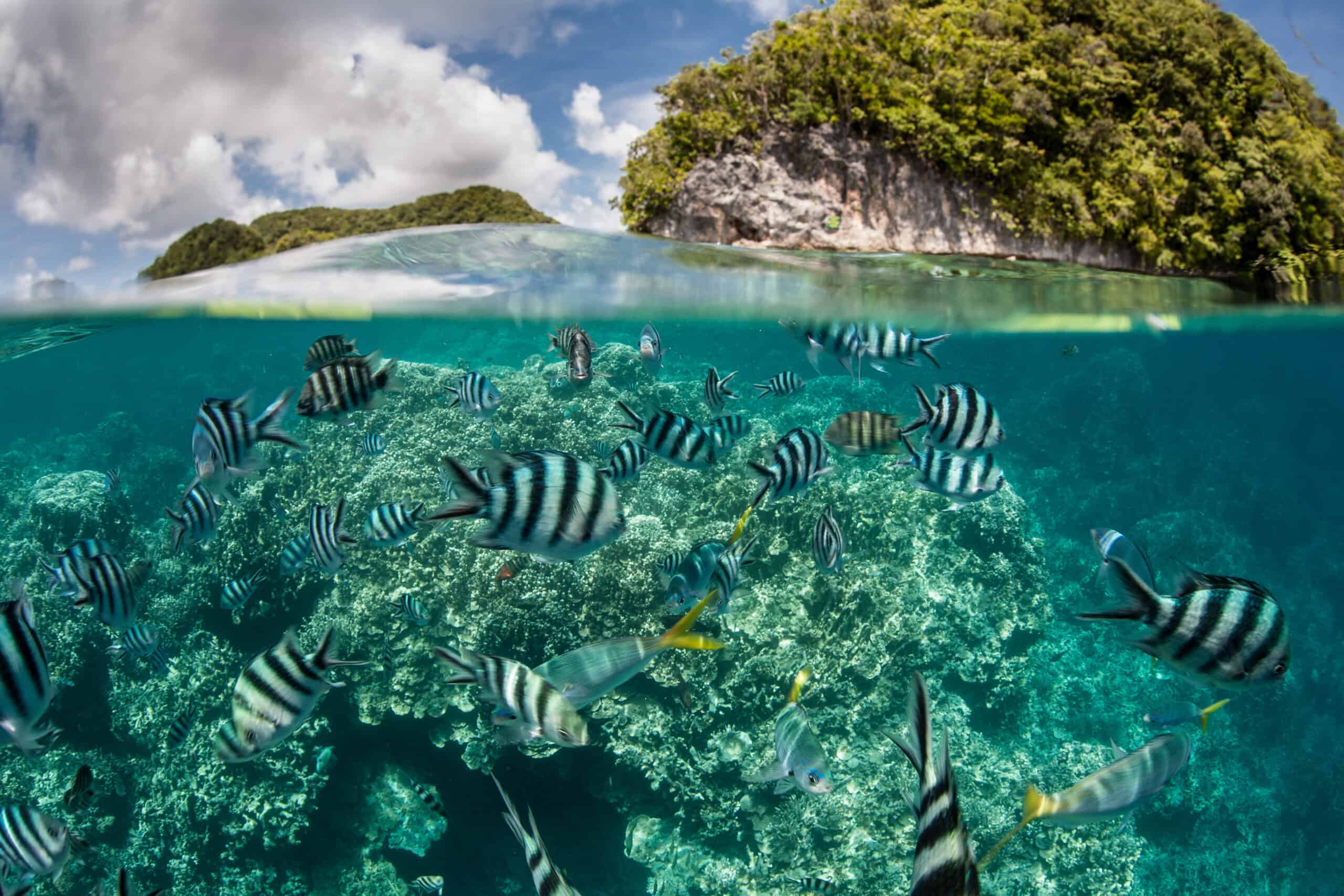
Palau’s Coral Reefs are among the most diverse and well-preserved in the world. Located in the western Pacific Ocean, they span more than 500 islands. Palau’s reefs are part of the larger Micronesia region. These reefs boast over 1,300 species of fish and 700 species of coral. One of the unique features is the Jellyfish Lake. This marine lake is filled with millions of non-stinging jellyfish. The reefs also have vibrant coral gardens and underwater caves. Diving here offers a chance to see sharks, manta rays, and rare species.
Red Sea Coral Reefs, Egypt
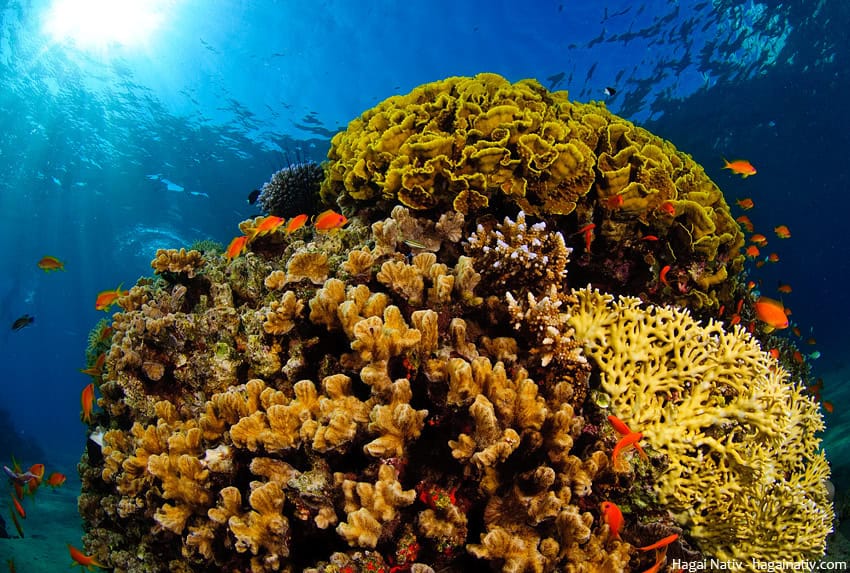
The Red Sea Coral Reefs are renowned for their stunning beauty. Located between Africa and Asia, these reefs stretch along the coastlines of Egypt, Sudan, and Saudi Arabia. The reefs are part of a unique marine environment with high salinity and warm waters. These reefs are home to over 1,200 species of fish. Many of these species are found nowhere else in the world. The vibrant coral formations and clear waters attract divers from around the globe. The reefs also have historical shipwrecks to explore.
Raja Ampat Archipelago, Indonesia
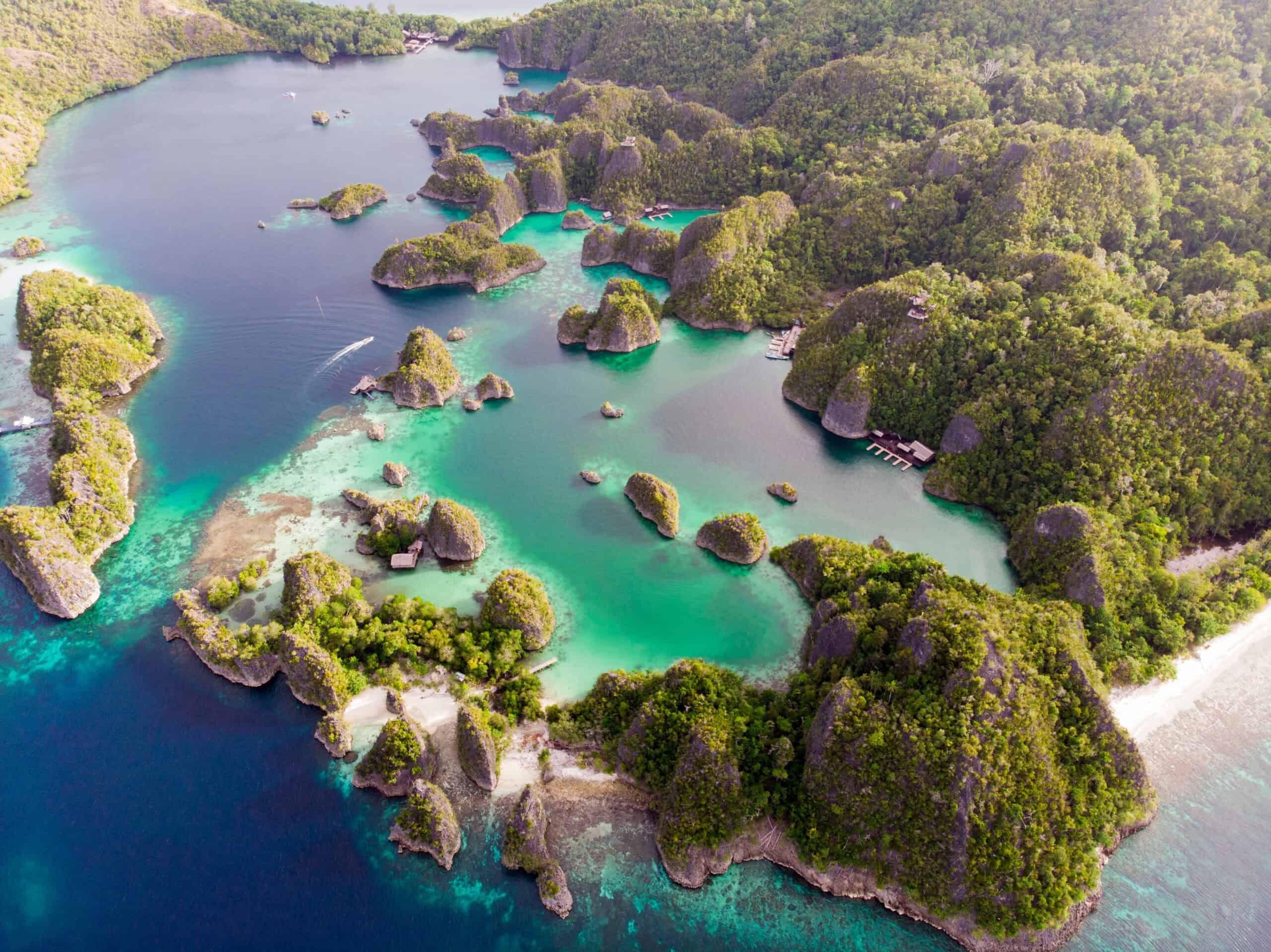
The Raja Ampat Archipelago is a diver’s paradise. Located in West Papua, Indonesia, it consists of over 1,500 small islands. This region is known as the heart of the Coral Triangle, the global center of marine biodiversity. Raja Ampat’s reefs are teeming with life. They host more than 1,500 species of fish and 600 species of coral. The waters are crystal clear, with stunning visibility. Unique features include manta ray cleaning stations and underwater seamounts. The region is a focus of conservation due to its unparalleled biodiversity.
Galápagos Islands, Ecuador
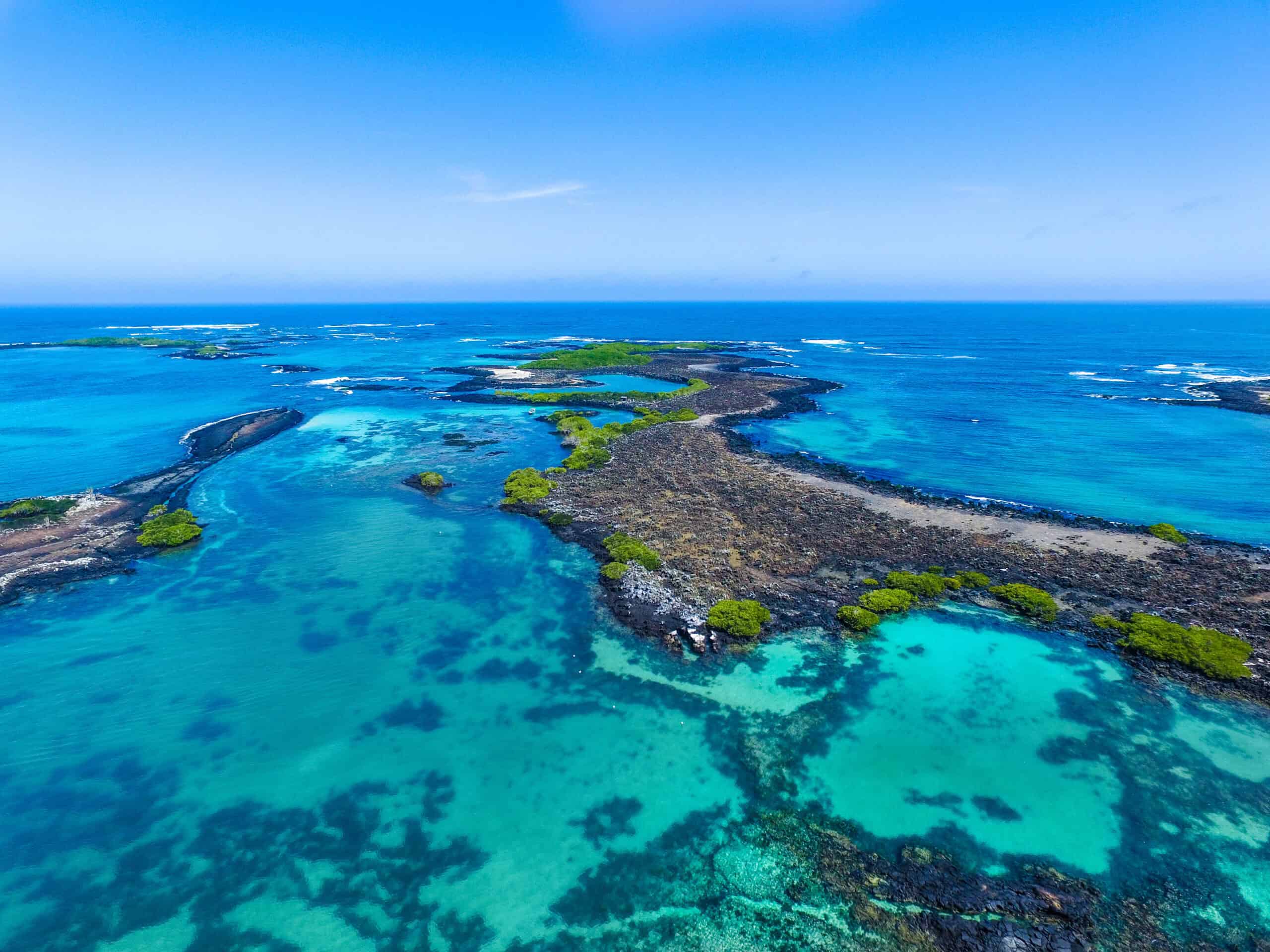
The Galápagos Islands are famous for their unique wildlife. Located in the Pacific Ocean, about 1,000 kilometers from Ecuador, they consist of 13 major islands. The marine ecosystem here is as remarkable as the terrestrial one. The waters around the islands are home to marine iguanas, sea lions, and numerous fish species. The Galápagos Marine Reserve is a UNESCO World Heritage Site. Highlights include diving with hammerhead sharks and observing the diverse underwater volcanic landscape.
Maldives Atolls, Maldives
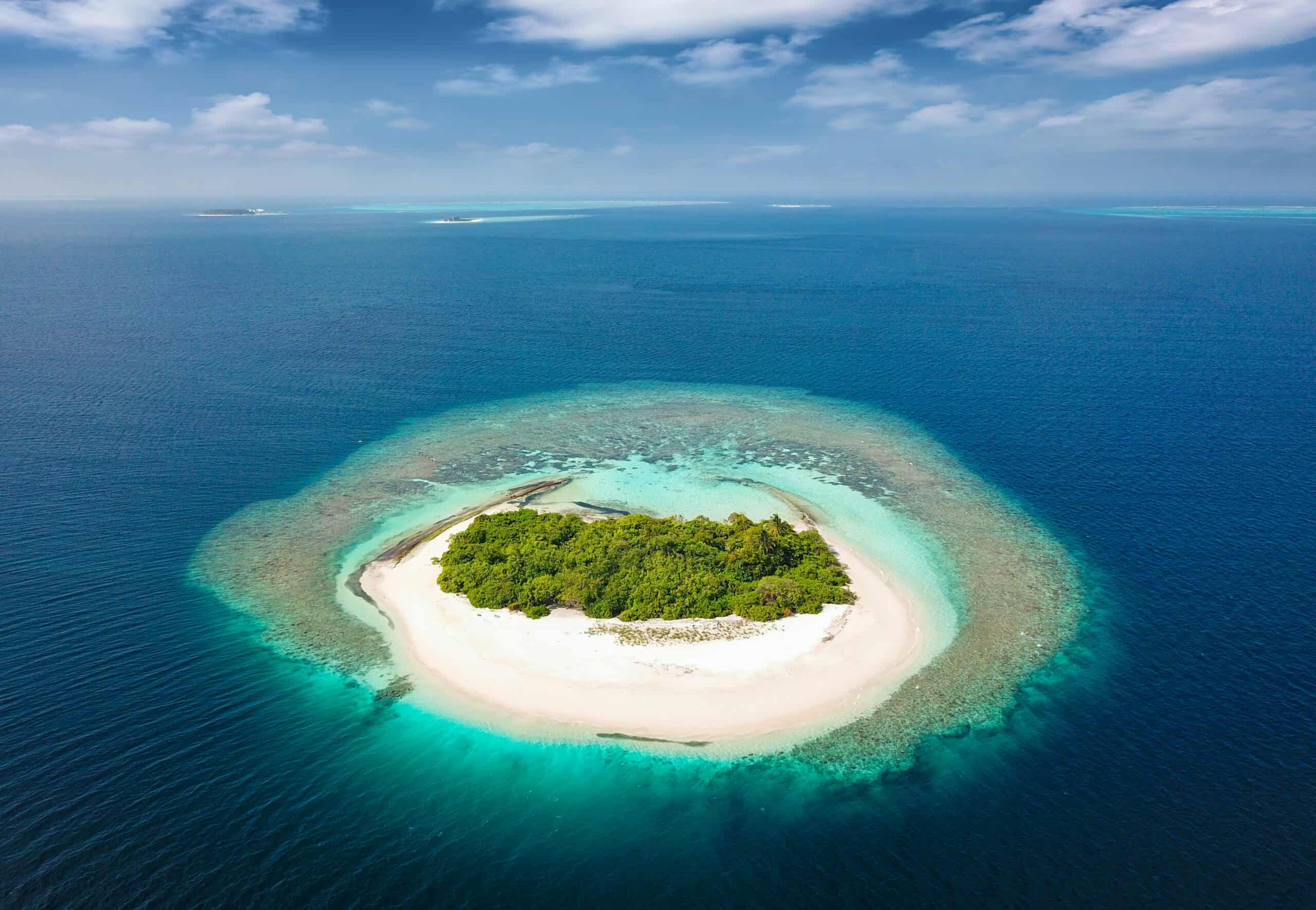
The Maldives Atolls are a tropical paradise. Located in the Indian Ocean, they consist of 26 atolls and over 1,000 coral islands. The Maldives is renowned for its luxurious overwater bungalows and vibrant marine life. The reefs are home to a diverse array of species, including manta rays, whale sharks, and colorful corals. The clear, warm waters provide excellent visibility for diving and snorkeling. Unique features include underwater restaurants and coral restoration projects.
Sipadan Island, Malaysia
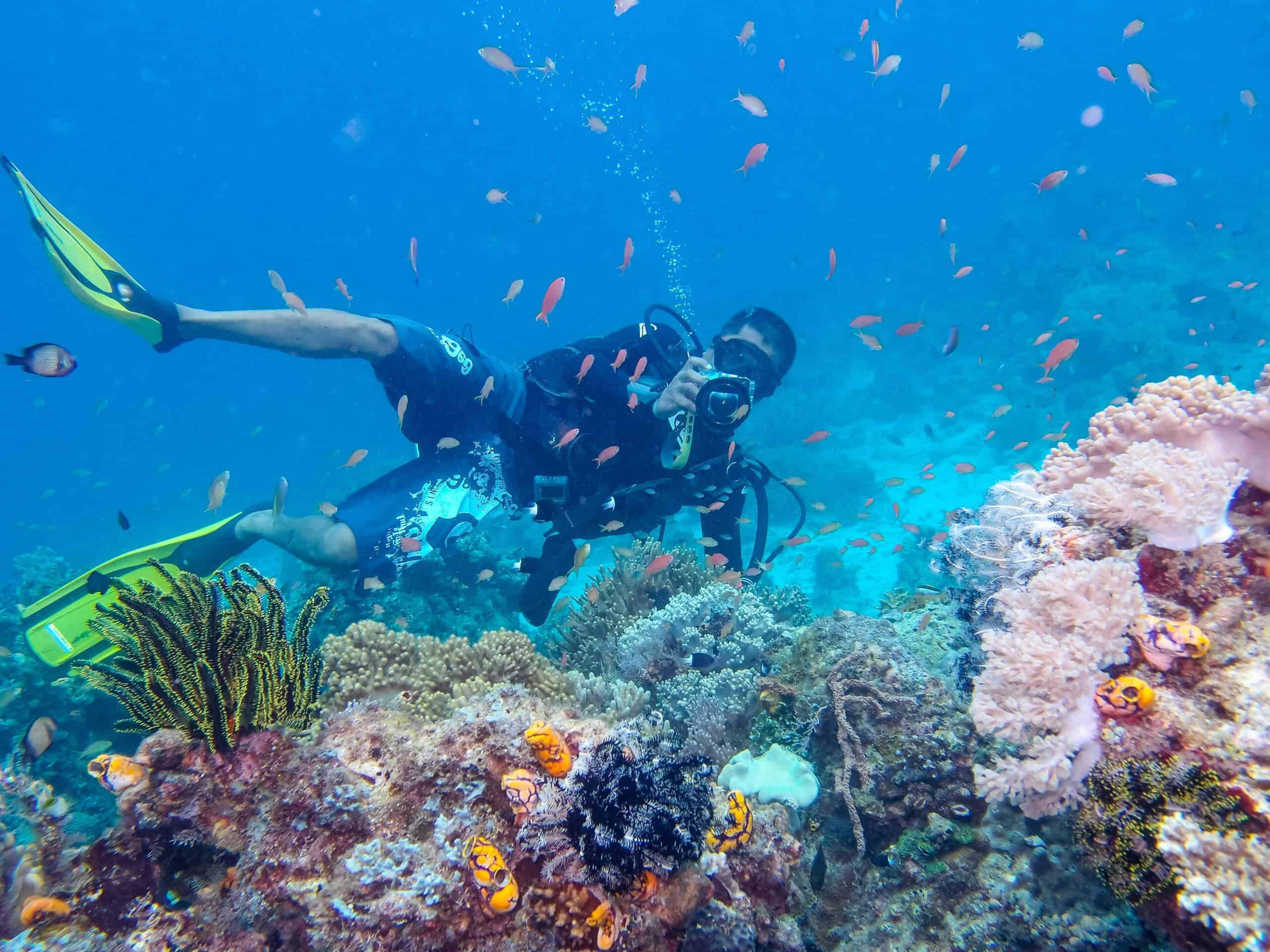
Sipadan Island is a world-renowned dive site. Located in the Celebes Sea, it rises 600 meters from the seabed. The island was formed by living corals growing on top of an extinct volcano. It’s the only oceanic island in Malaysia. The reefs are home to an abundance of marine life. Divers can see barracudas, sea turtles, and reef sharks. The famous “Turtle Tomb” is an underwater cave with skeletal remains. Sipadan’s biodiversity is protected by strict regulations. Only 120 dive permits are issued daily to preserve its ecosystem.
Tubbataha Reefs Natural Park, Philippines
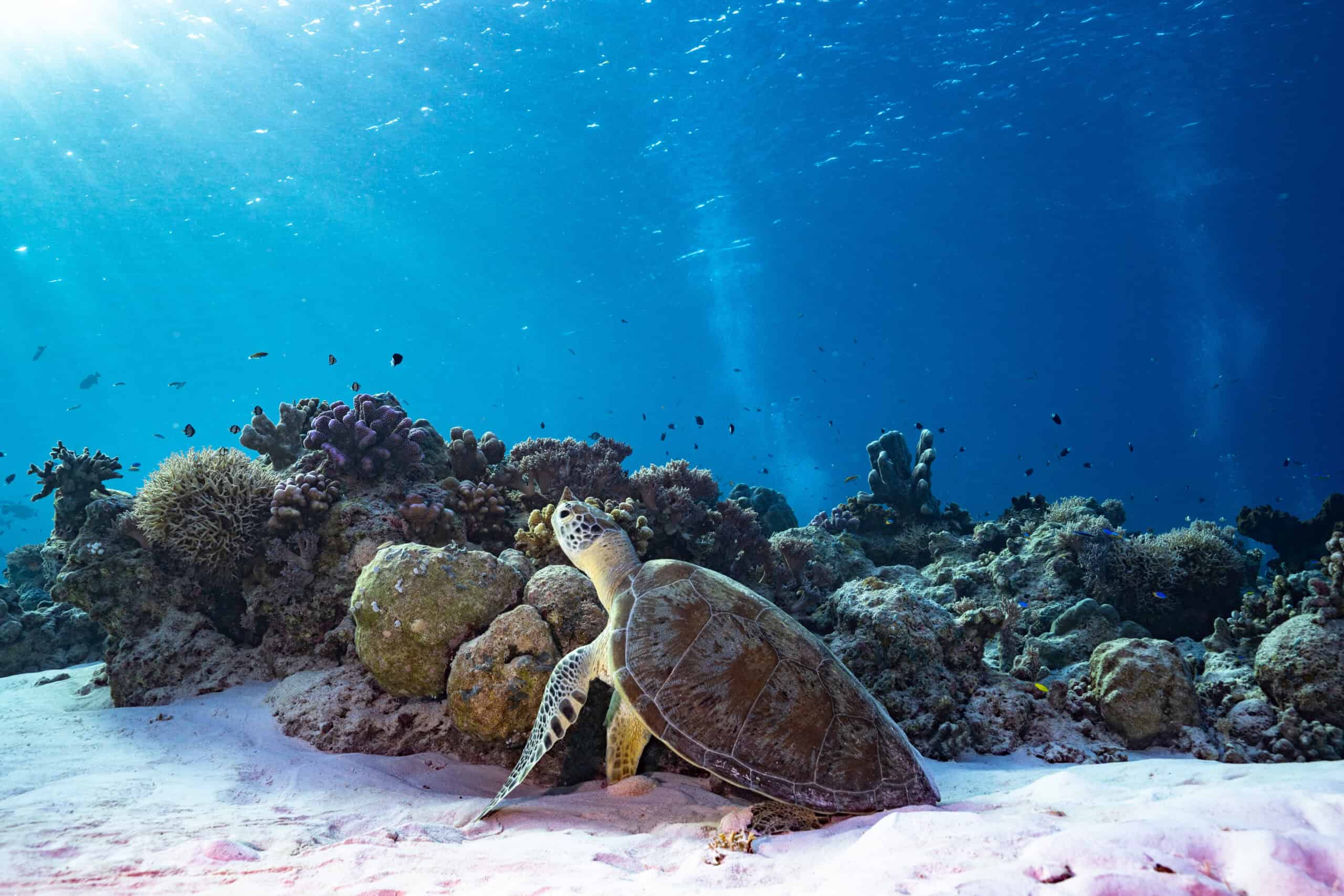
Tubbataha Reefs Natural Park is a UNESCO World Heritage Site. Located in the Sulu Sea, it consists of two atolls. The park covers over 97,000 hectares. It’s one of the most biodiverse marine ecosystems in the world. The reefs are home to over 600 species of fish. Divers can see sharks, manta rays, and sea turtles. The coral formations are vibrant and healthy. The park is open to diving only from March to June. Strict regulations help protect this pristine ecosystem.
The Sardine Run, South Africa
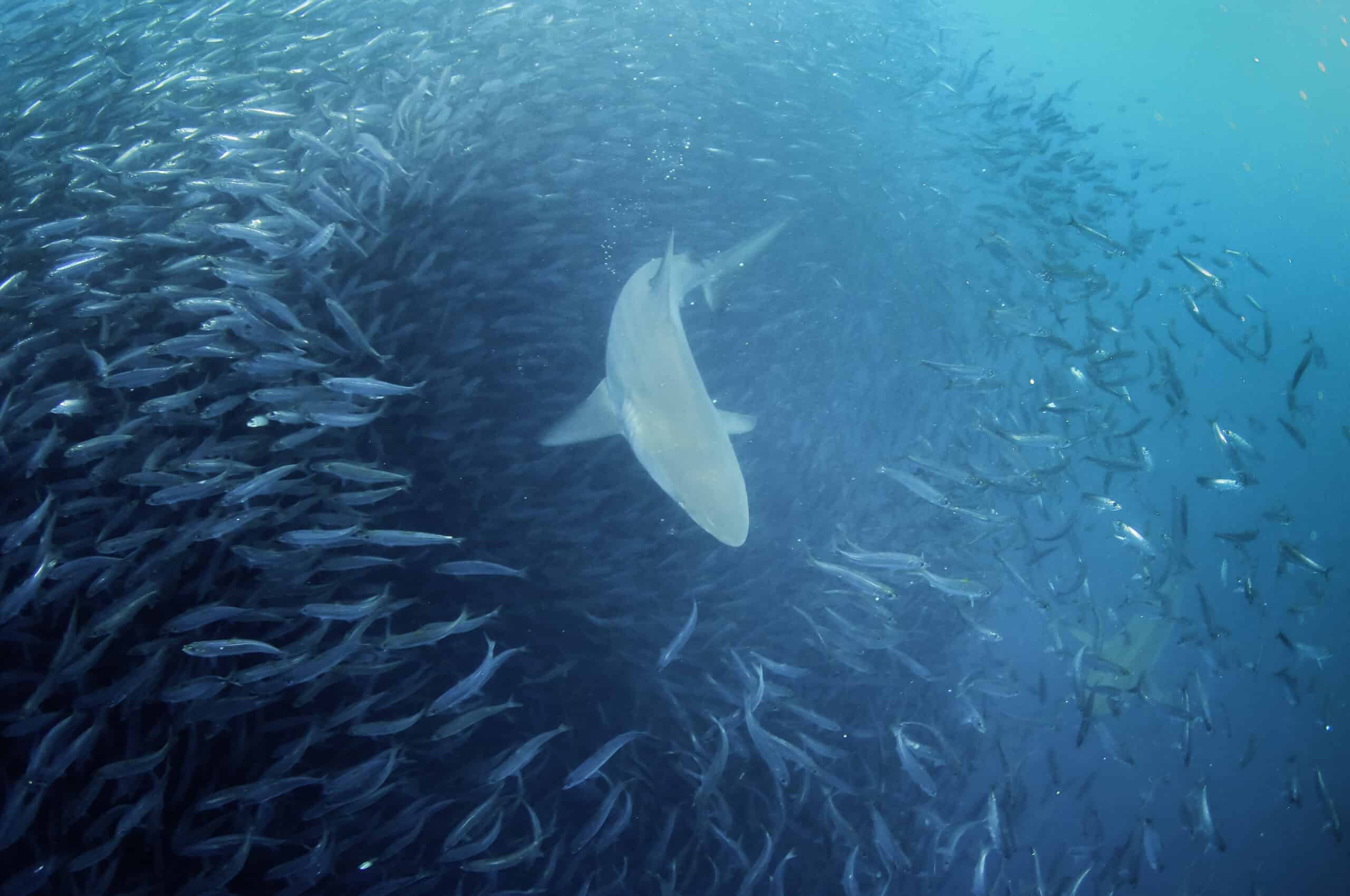
The Sardine Run is a spectacular marine event. It occurs along the eastern coast of South Africa. Millions of sardines migrate northward each year. This attracts predators like dolphins, sharks, and seabirds. Divers can witness this incredible natural phenomenon. The water is filled with swirling masses of sardines. The predators create a feeding frenzy. The Sardine Run is one of the ocean’s greatest spectacles. Conservation efforts focus on protecting the sardine population.
Poor Knights Islands Marine Reserve, New Zealand
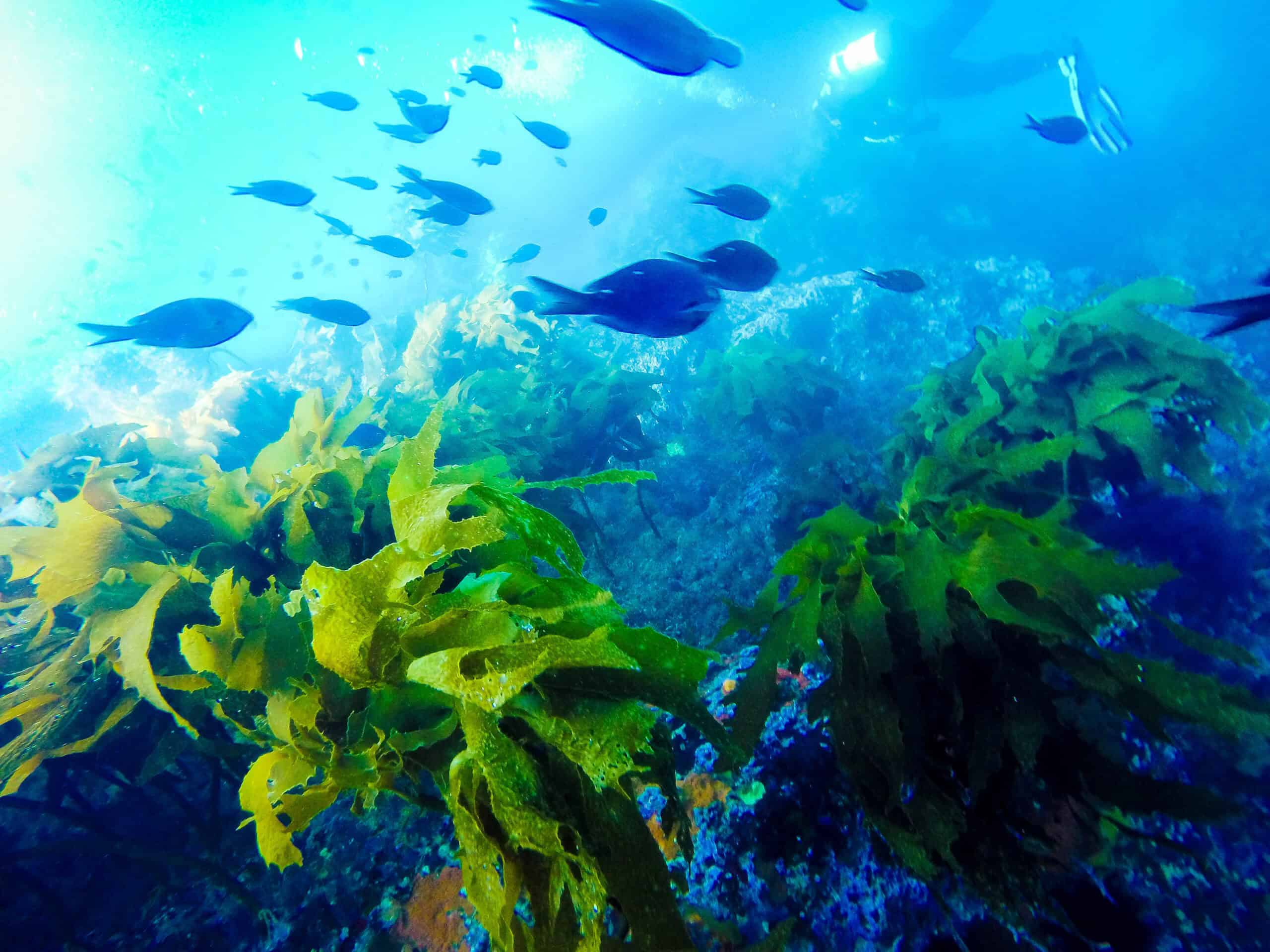
The Poor Knights Islands Marine Reserve is a diving gem. Located off the northeast coast of New Zealand, it consists of several small islands. The reserve was established in 1981 to protect the unique marine environment. The waters are home to a variety of species. Divers can see colorful fish, sea anemones, and stingrays. The underwater caves and arches are a highlight. The reserve’s unique geography creates diverse habitats. Strict regulations help preserve its pristine beauty.
Apo Reef, Philippines

Apo Reef is the second-largest contiguous coral reef system in the world. Located in the Mindoro Strait, it covers over 34,000 hectares. The reef consists of three islands and a series of coral atolls. The waters are clear and vibrant. Divers can see an array of marine life, including sharks, rays, and sea turtles. The coral formations are extensive and healthy. Apo Reef is a protected natural park. Conservation efforts focus on preserving its biodiversity.
Ningaloo Reef, Australia
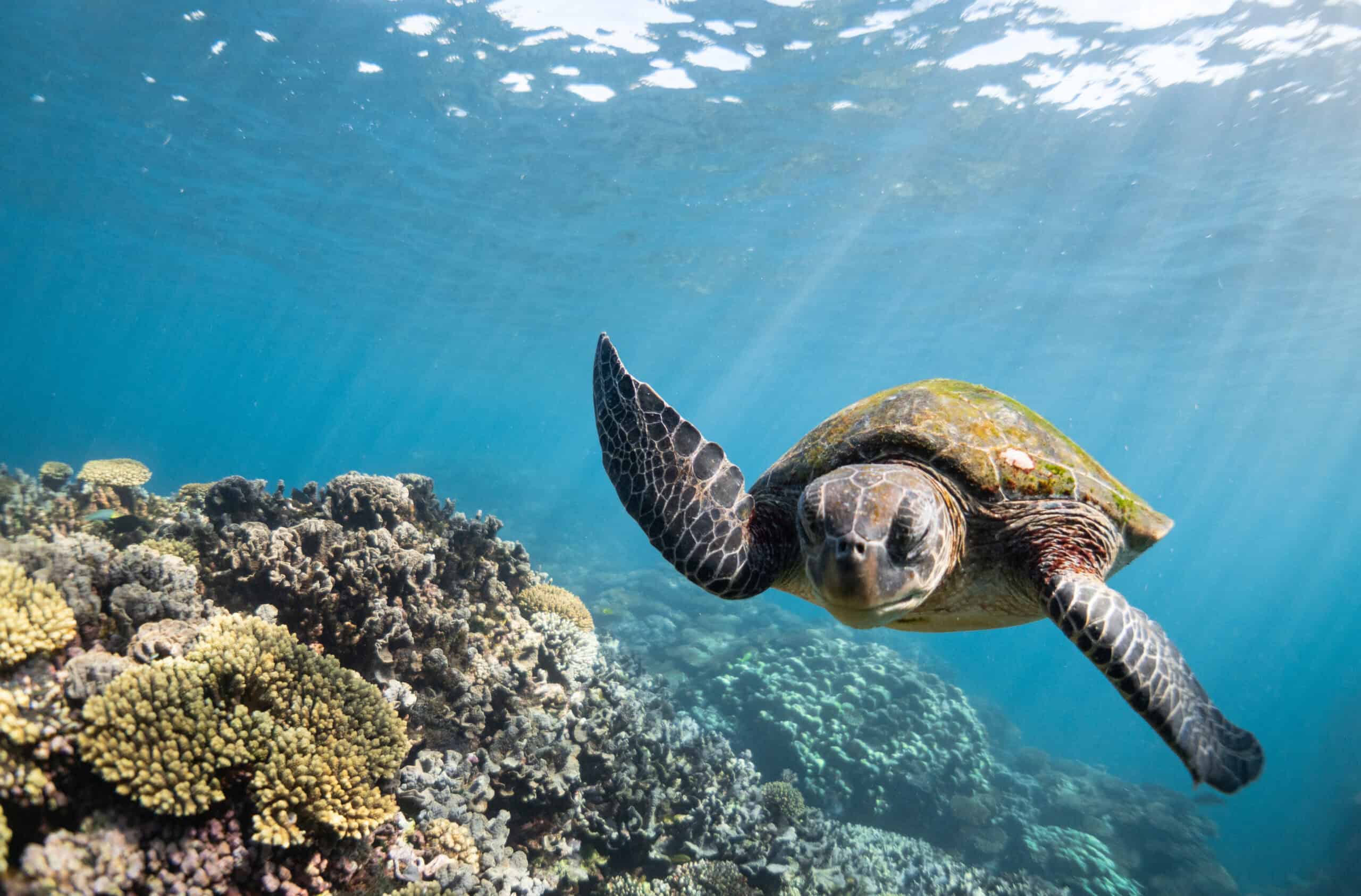
Ningaloo Reef is a UNESCO World Heritage Site. Located off the coast of Western Australia, it stretches over 260 kilometers. The reef is one of the longest fringing coral reefs in the world. The waters are home to whale sharks, manta rays, and humpback whales. Snorkeling and diving offer unique experiences. The coral formations are colorful and diverse. Ningaloo Reef is known for its accessibility from the shore.
This article originally appeared on Rarest.org.
More from Rarest.org
The 10 Rarest Military Memorabilia and Their Worth
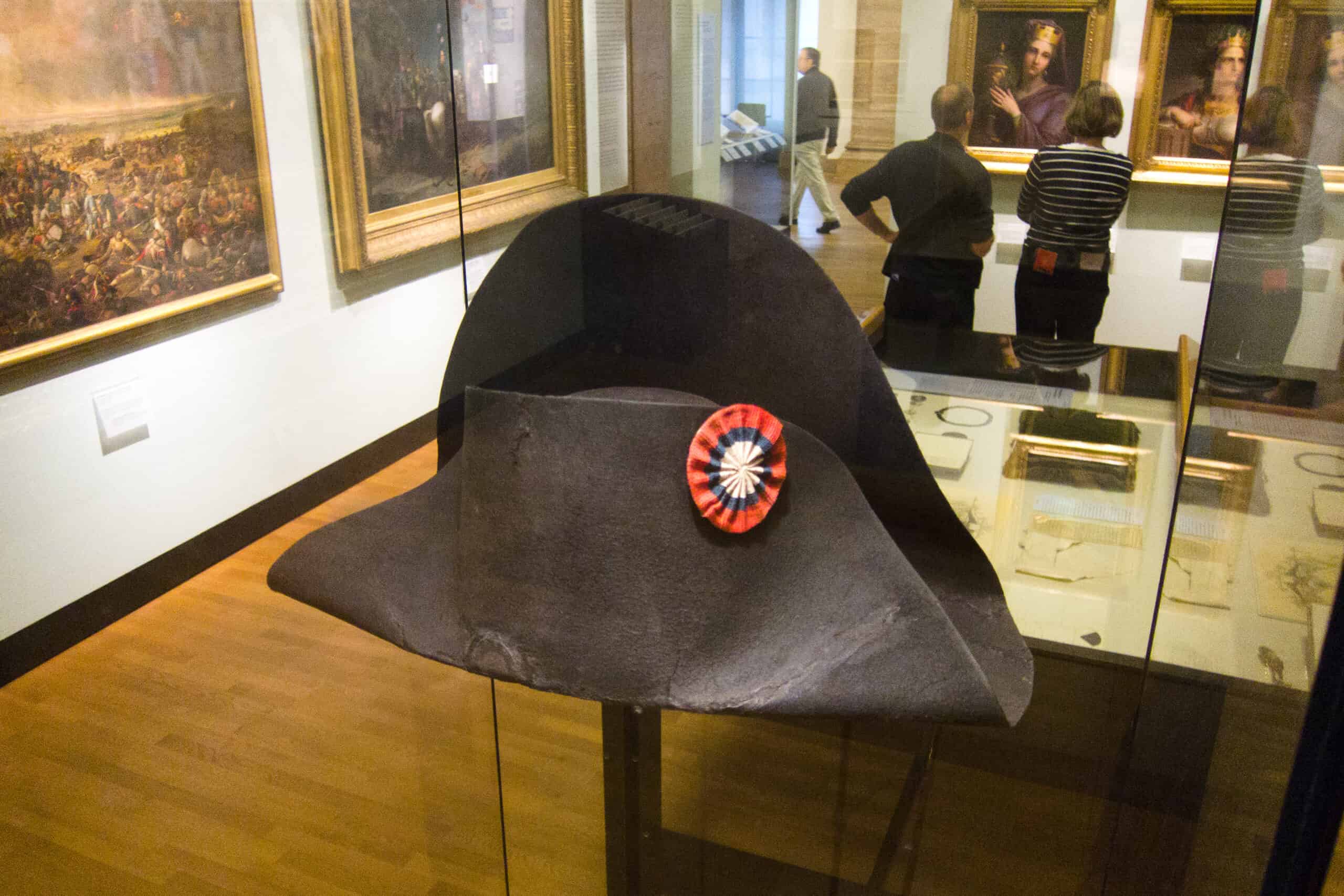
Collecting military memorabilia offers a glimpse into history’s pivotal moments. These rare items not only hold immense historical significance but also command high prices at auctions. Read More.
14 Most Expensive Cosmetics Brands
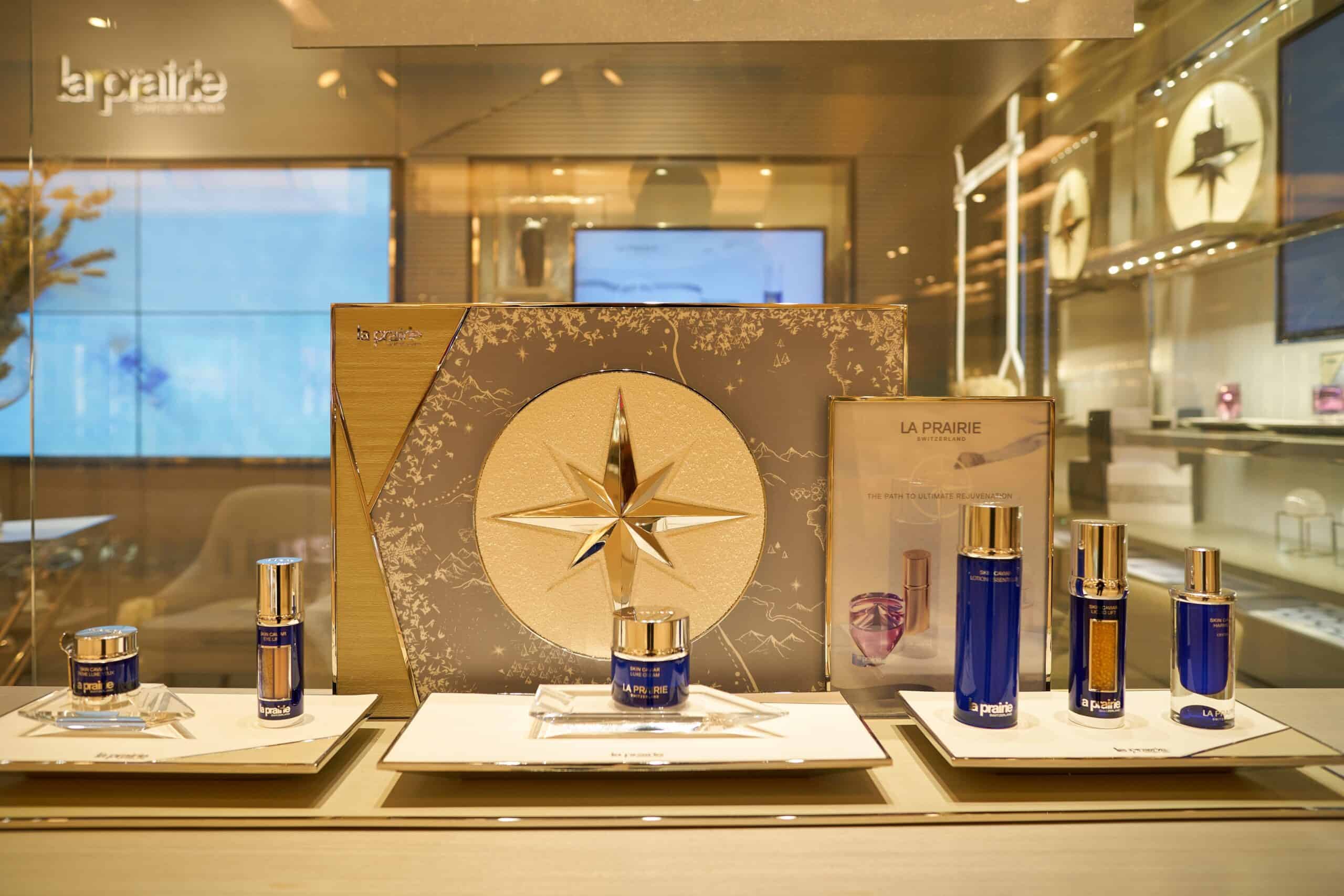
Luxury cosmetics brands offer unparalleled quality and prestige. These high-end brands, known for their exquisite formulations and opulent packaging, often come with hefty price tags. Read more.
1970 Kennedy Half Dollar Value Guide
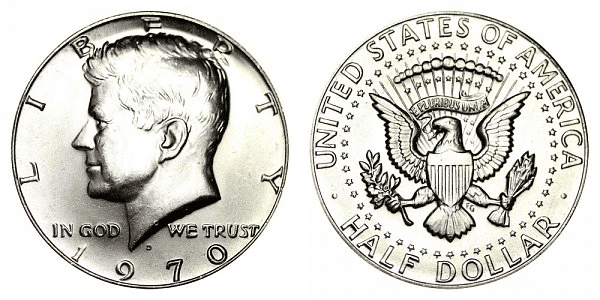
The only Kennedy half designed for circulation that contained any silver at all was the 1970 Kennedy Half Dollar, the last of the regular-strike silver-clad half dollars. Read More.
